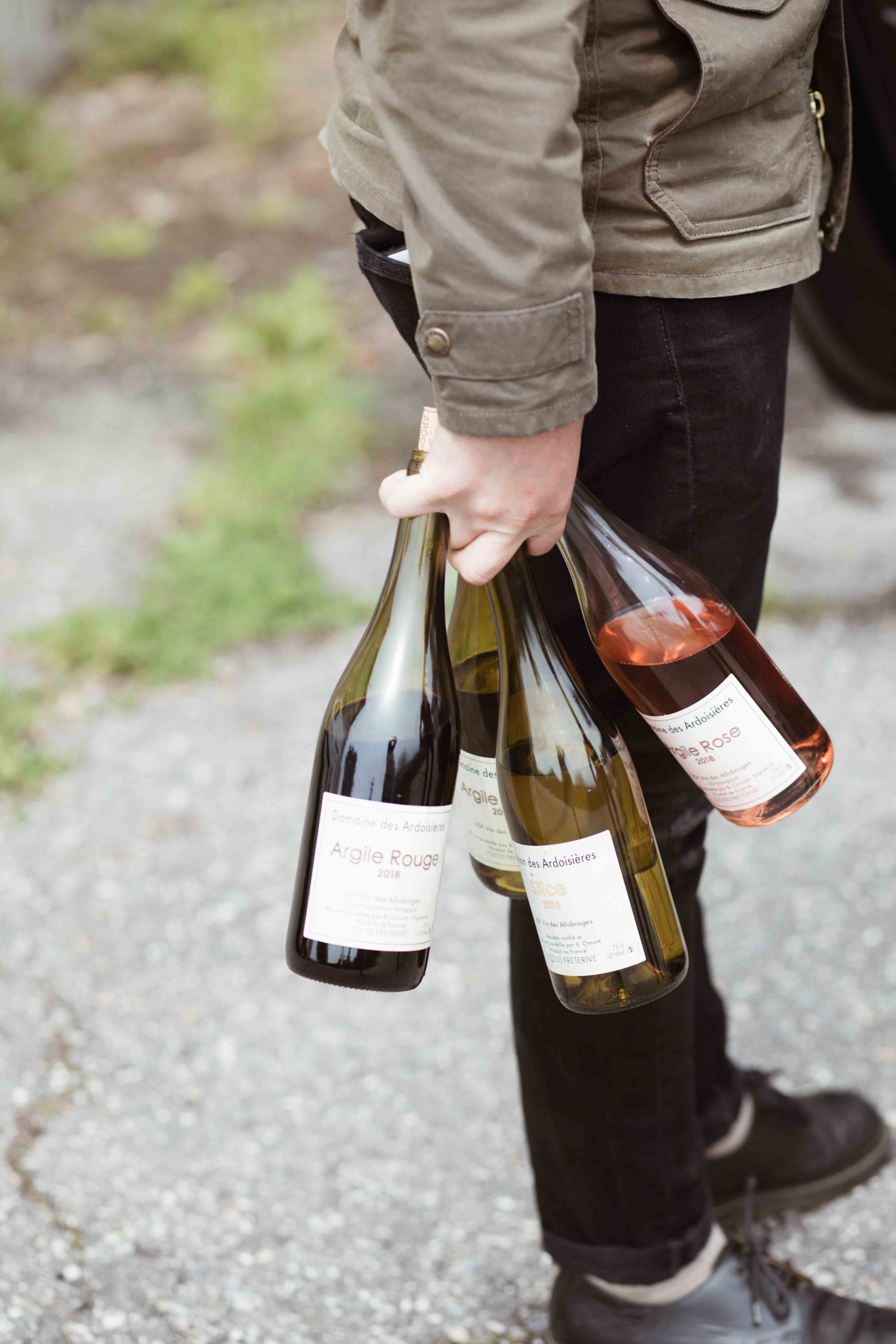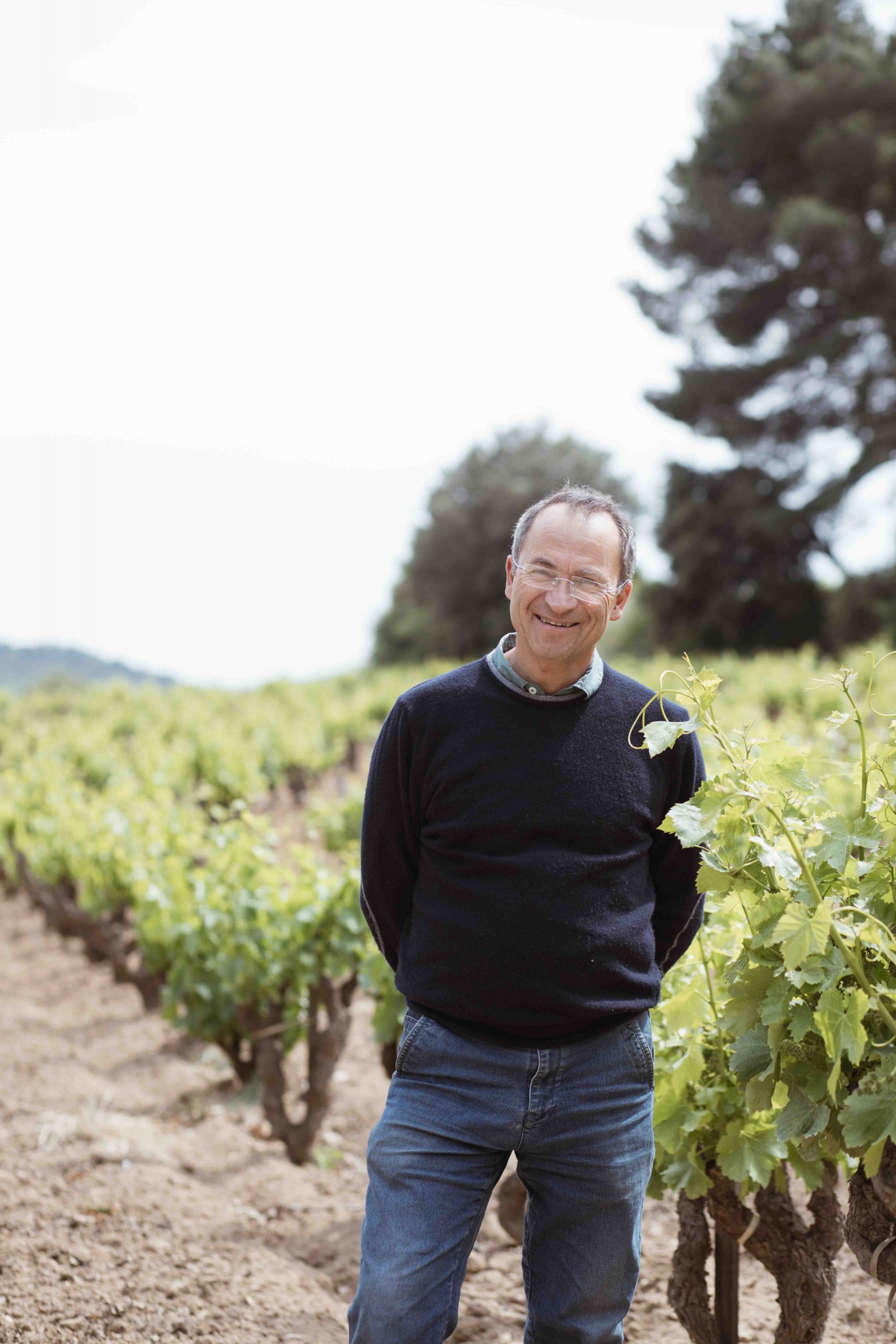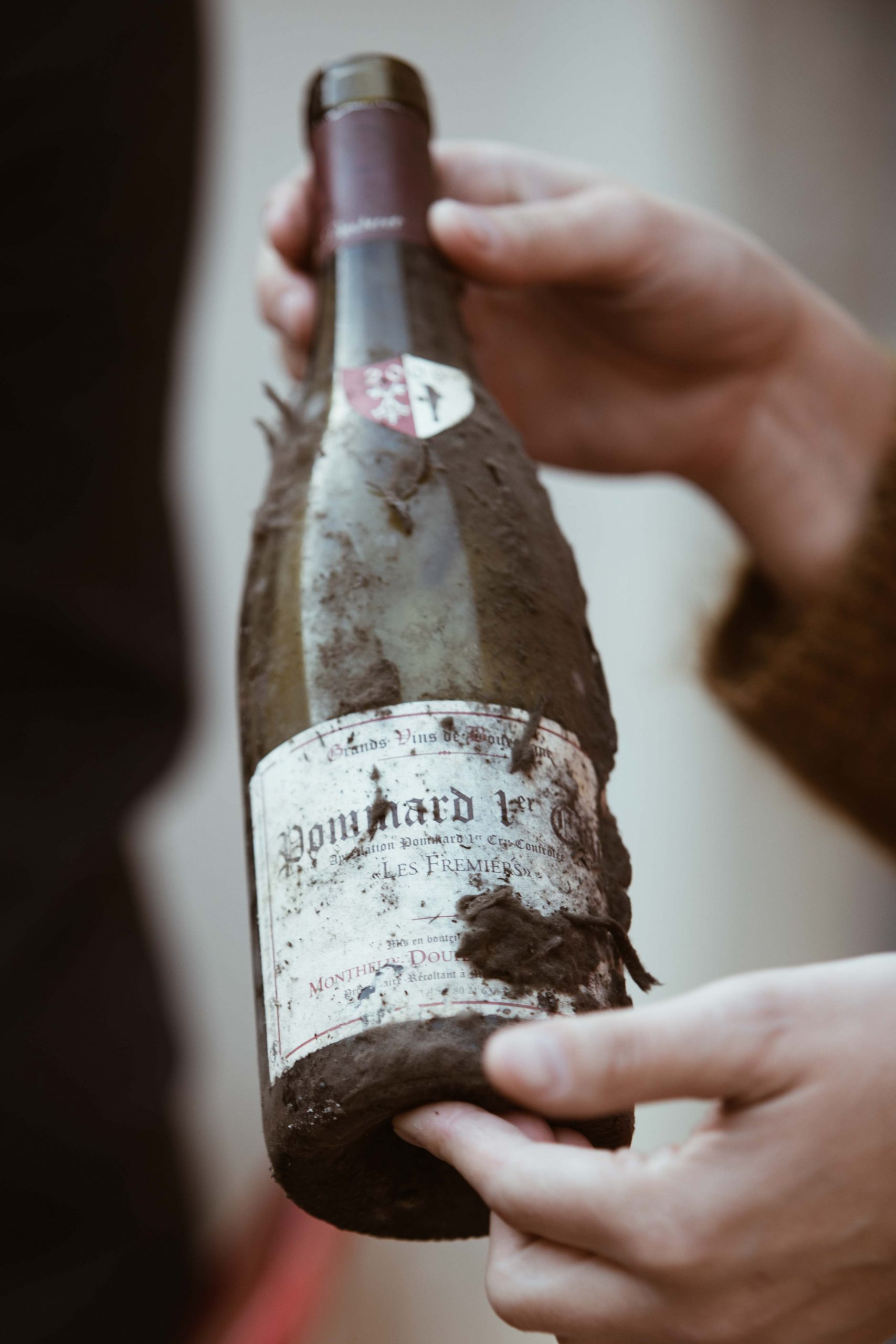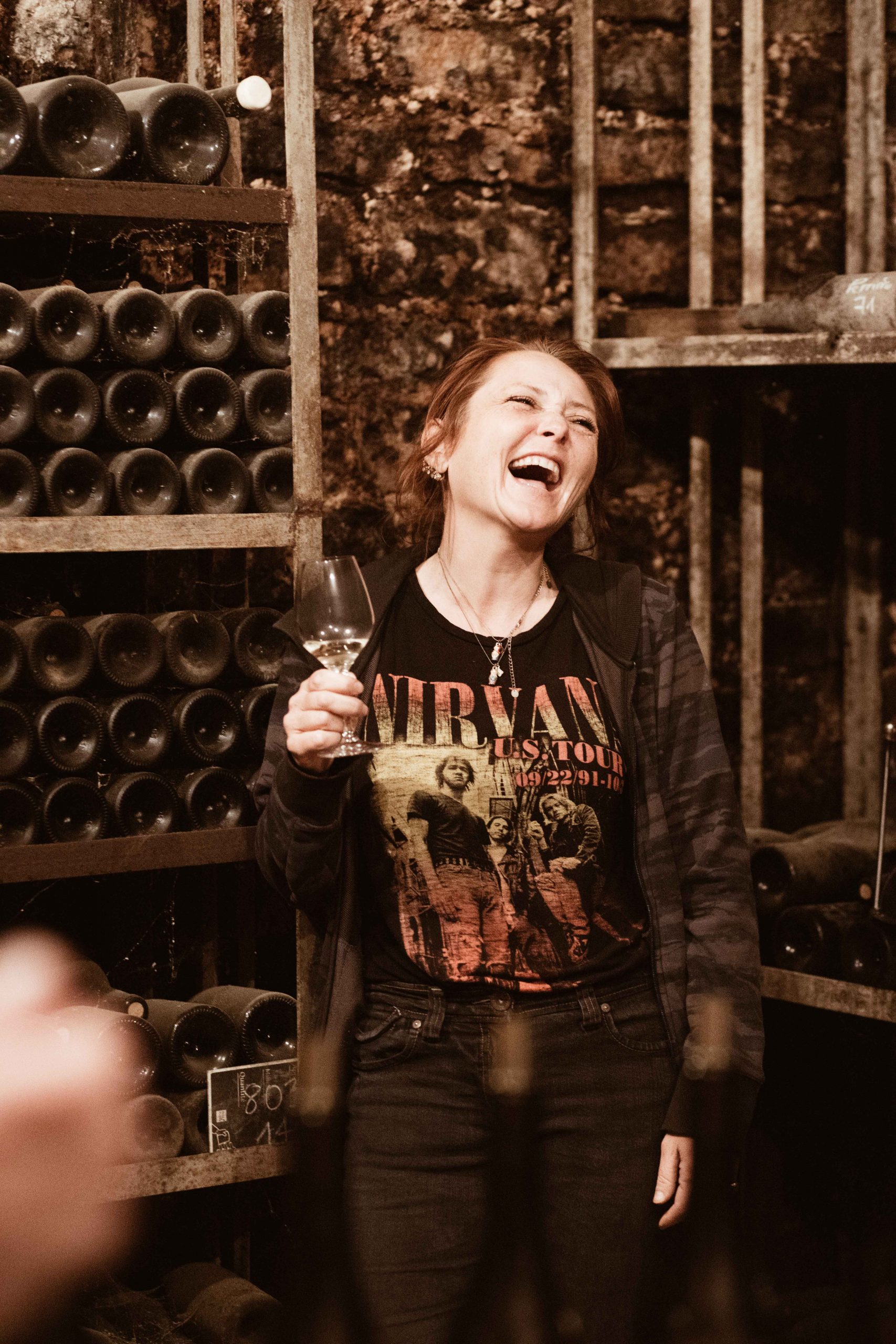Reading Time: 3 minutes
At the risk of wading into a hotbed of controversy, it’s time to talk about sulfites. Much ink has been spilled as to whether sulfites cause headaches or other symptoms and equal amounts of effort have been put into marketing low-sulfite wine and its perceived health benefits. However, much of the stigma attached to wines made without added sulfites remains – that they inherently lack stability and consistency and are only for a small subset of natural wine devotees.
While small amounts of sulfites are a byproduct of the winemaking process, it is their addition during vinification (most often as an antimicrobial during fermentation, an antioxidant during aging, and/or as a stabilizing agent at bottling) that is so much a part and parcel of conventional winemaking. Their ability to manipulate the outcome and character of a wine is well-known, and, if the desired outcome is a homogenous product year in and year out, they are a powerful tool to be used.
However, for winemakers who welcome the variance that Mother Nature provides from vintage to vintage, sulfites can actually be seen as a hindrance in enabling wine to express itself and its terroir. As one would expect, it all starts in the vineyard. With the encouragement of microflora through biodiversity, cessation of fertilization and insecticides, composting, and the like, freshly-harvested grapes arrive in the cellar teeming with natural yeasts and bacteria that set the stage for easy spontaneous fermentation and stable aging without the use of added sulfites.
In the hands of a skilled winemaker utilizing the many techniques available – including whole cluster fermentation, intentional oxidation for white wines pre-fermentation, intentionally long settling before racking and reduced bâtonnage, and other methods that encourage natural stabilization – no-sulfur wine can behave as reliably as its sulfite-added brethren.
For a fascinating comparison of what the addition of even minimal sulfites brings to the finished product, tasting side-by-side wines that are otherwise identical is an illuminating exercise. I recently tasted Henry Marionnet’s Touraine Gamay Premiere Vendange (made without added sulfite) alongside the Touraine Gamay Domaine de la Charmoise (made with minimal added sulfite) and the difference in aromas and flavors was remarkably pronounced. Château de Cèdre makes a sans soufre Cahors Extra Libre and its almost-twin, Cahors du Cèdre. And brand new to our New York portfolio, Santa Cruz Mountains-based Madson Wines has released two Gamays, aged under identical conditions save whether sulfite was added at bottling. These comparisons allow for a step away from the controversy in exchange for a realistic look at what’s inside the bottle – and, in the end, isn’t that what counts?
-Sara Jenkins, Marketing and Communications Specialist






